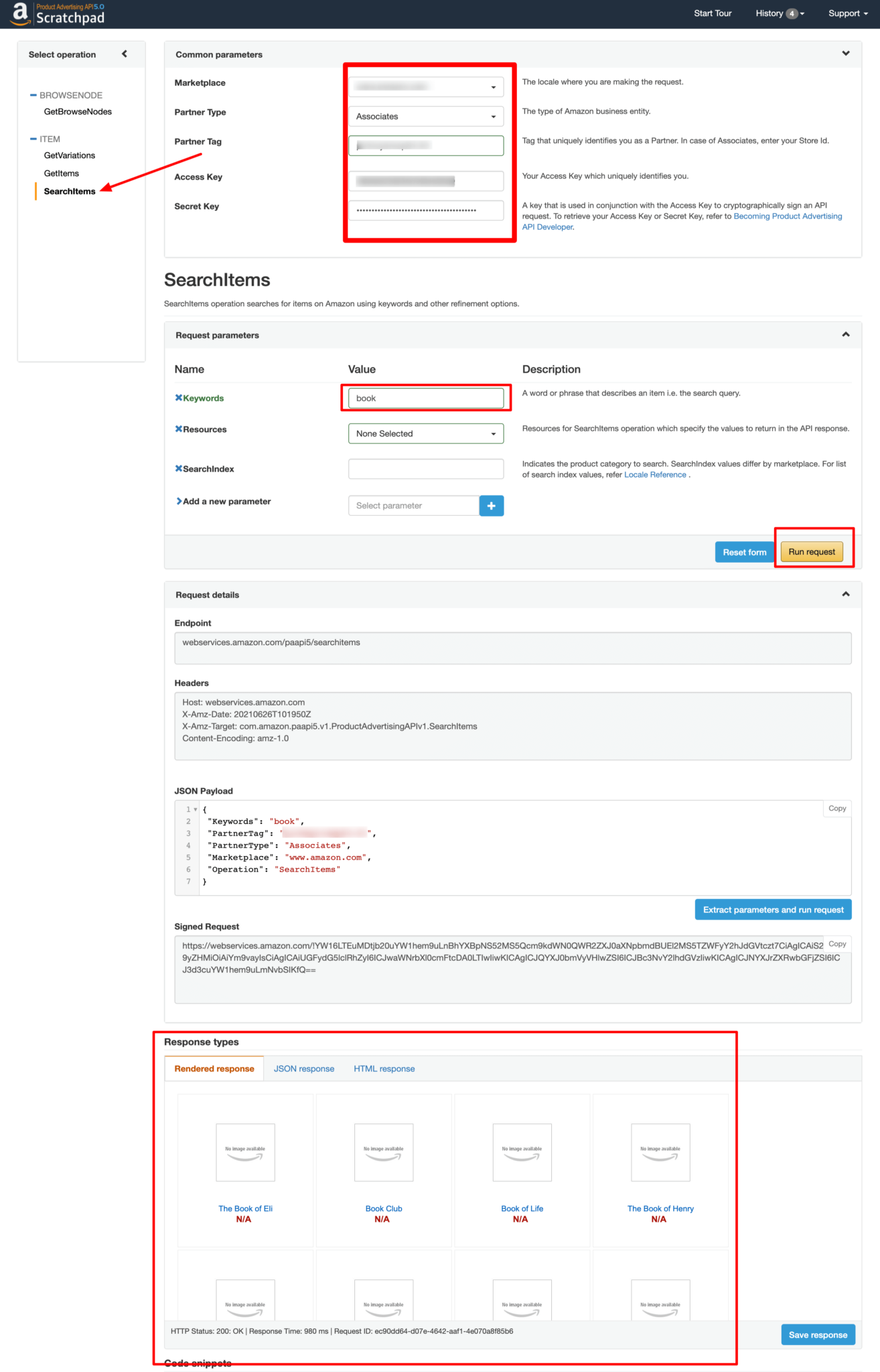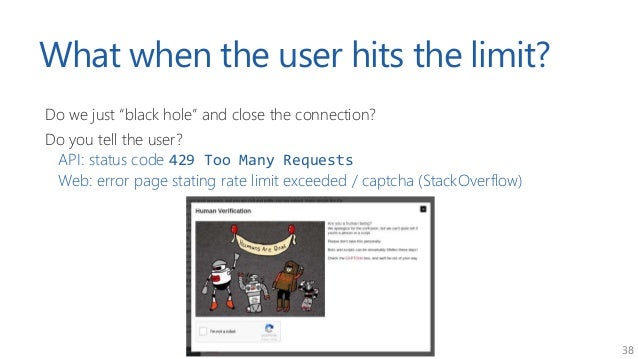

If you choose the on-demand model, AWS will automatically scale your table's read and write capacities based on the workload. But, if the table receives all 600 requests within 1 single second, throttling can happen. This allows the table to perform 600 writes per minute. Sudden increases in the traffic - Assume that you have provisioned 10 WCUs for a table.Not enough capacity - When most of the partitions exceed the 3000 RCU and 1000 WCU capacity.This can happen when the cardinality of a partition key is low.

Hot partitions - If a single partition of your table keep receiving more than the average number of request continuously, that partition can start throttling.Here are some of the most common reasons that cause throttling in provisioned models. However, this model is more vulnerable to throttling issues since it is manually configured. This is the most cost-effective capacity model and is most suitable when you have an understanding of the application traffic. In the provisioned model, we must manually configure all the auto-scaling options, including the minimum and the maximum number of capacity units. When you create a DynamoDB table, it provides 2 options for capacity mode: provisioned and on-demand. So then, why do we need to worry about throttling? Let's find out. However, DynamoDB is a fully-managed database service. In simple terms, DynamoDB throttling is the process of preventing or rejecting reads and writes to a DynamoDB table. If the requests start getting rejected or slow, your DynamoDB table is throttling, and you need to take immediate actions to fix it. When a request is made to a DynamoDB table to read or write an item, the request will be routed to the relevant partition, and the read and write capacity of that partition will decide if the request is allowed or rejected. WCU (Write Capacity Units) - One write item per second for item size up to 1 KB.

RCU (Read Capacity Units) - One strongly consistent read per second for an item up to 4 KB in size or two eventually consistent reads per second for an item up to 4 KB in size.For example, if the RCUs and WCUs are 50 and the table has 2 partitions, each partition will have 25 RCUs and WCUs. These read and write capacities are equally distributed among each partition. Each partition can have an equal amount of Read Capacity Units (RCUs) and Write Capacity Units (WCUs) up to a maximum of 3000 RCUs and 1000 WCUs. Data records are distributed among the partitions based on the partition key generated by a hash function. What is DynamoDB Throttling?ĭynamoDB tables consist of multiple partitions.
#Request throttled how to#
So, in this article, I will discuss what DynamoDB throttling is, the reasons for DynamoDB throttling, and how to deal with throttling issues in DynamoDB to give you a better understanding.

As developers, it is essential to have a good understanding of these limitations to prevent them. A throttled DynamoDB table can significantly impact the performance of your application and ultimately lead to loss of data. So for both, you should be able to request them once, and only rarely need to re-request them.Throttling is one of the most common limitations developers face when using DynamoDB. How exactly are you trying to use Title Data? User inventory is similar - once you have it locally, the only changes would be due to consuming, granting, or buying items, and you'll have responses for each of those with the updated items.
#Request throttled code#
Can you have a look at the client code to confirm how it's using those calls?īut also, why is that even necessary? Title data should only be changing rarely, so checking it once per session, or at the start of a match, is normally sufficient. As you can see, while you only have a handful of players signed in, you're hitting GetTitleData and GetUserInventory at a high rate - far higher than once every 5 seconds, it looks like. In this case, have a look at the API requests chart on the dashboard for your title. When you see this, the thing to do would be to have a look at your title, to see what it's doing and why that might be happening. Those throttles are in place to ensure that no one game can cause a disruption to the service. Specifically, that message is telling you that one or more clients tried to use one or more API calls at a rate that exceeded what your title is provisioned for, and so was throttled.


 0 kommentar(er)
0 kommentar(er)
